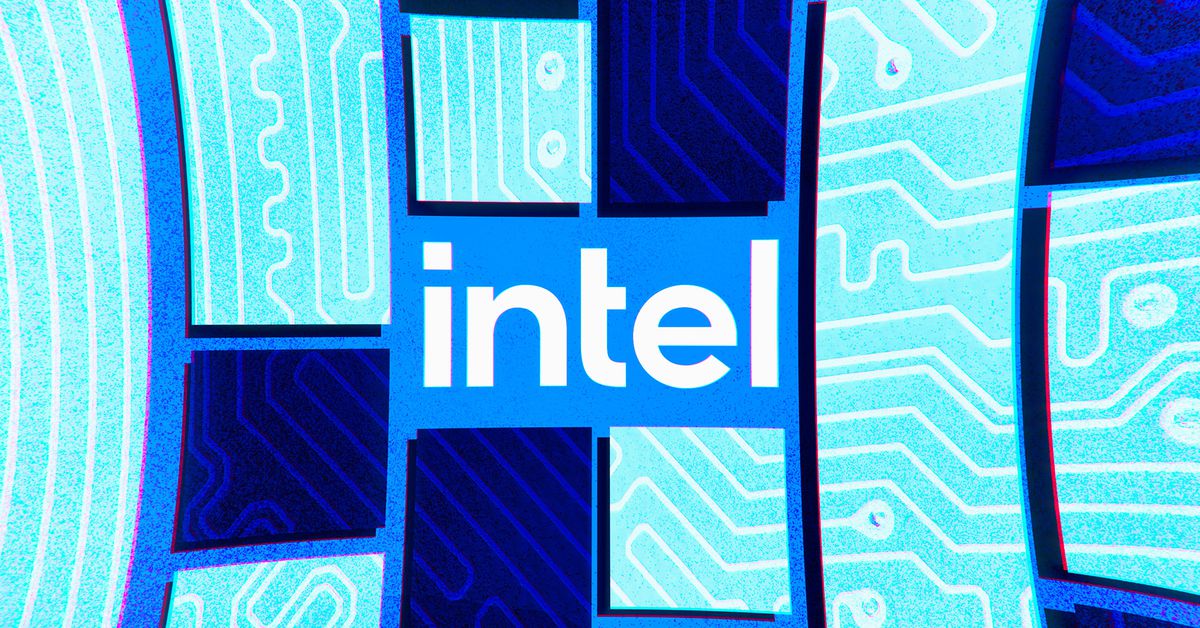
Intel is removing native support for DirectX 9 (DX9) from its new Arc graphics cards and Xe integrated graphics on 12th Gen processors, with support now coming from emulation thanks to DirectX 12.
News of the DirectX 9 change comes from a recently updated support page on Intel’s website in which the company states it will drop support for the 20-year-old graphics API but offers reassurance that “applications and games based on DirectX 9 can still work through [the] Microsoft [Windows 10 and Windows 11] D3D9On12 interface.”
Microsoft is now shouldering responsibility for optimizations to DirectX 9 games and associated bugs
In essence, while modern Intel GPUs won’t have dedicated drivers for older games that solely run on DX9, such as Unreal Tournament, Star Wars: Knights of the Old Republic, and Team Fortress 2, you should still be able to play them on this newer hardware, and the new dependency on D9D9On12 mapping layers shouldn’t have a noticeably negative impact on gameplay.
That’s not to say issues won’t occur, but Microsoft is now shouldering responsibility for optimizations to DirectX 9 games and associated bugs. That means if game developers experience graphical bugs or Microsoft’s mapping layer refuses to run entirely, they’ll have to take that up with Microsoft directly rather than Intel.
Intel also points out that this isn’t necessarily bad news. There are very few games still running solely on DX9, as opposed to having DX9 support alongside more recent APIs, that will still be supported by Intel. It’s also extremely unlikely that any new games will be built using DirectX 9, not to mention that the quality of in-game graphics has come leaps and bounds in the years since DX9 was released 20 years ago. The only reason support has likely endured this long in the first place is down to how much aging PC gaming hardware is still used today, given Nvidia’s GTX 1060 is still the most popular GPU on Valve’s Steam survey, six years after its original release.
